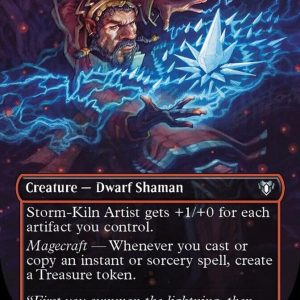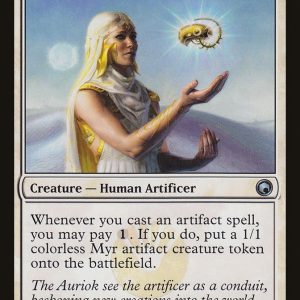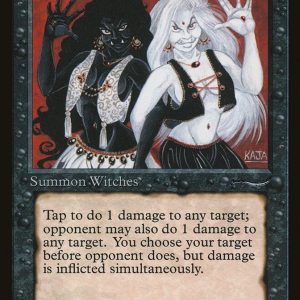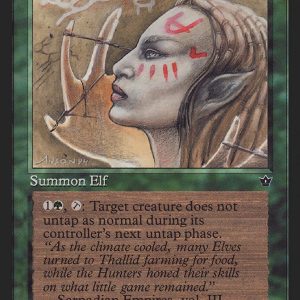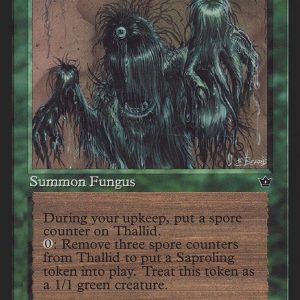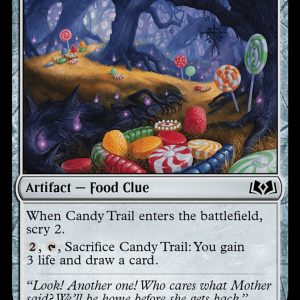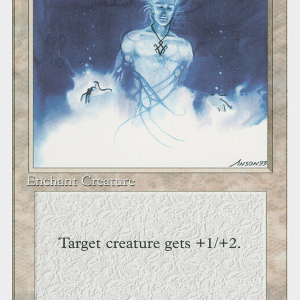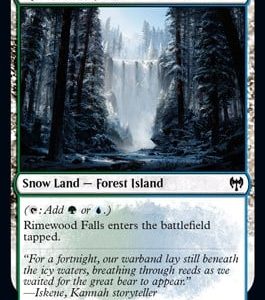TCG (Trading Card Game)
A Trading Card Game (TCG) is a strategic, collectible card game where players build custom decks using a variety of cards with unique effects, abilities, and mechanics to compete against opponents. TCGs combine deck-building, tactical gameplay, and card collecting, making them a popular hobby for both casual and competitive players.
Popular TCGs include:
- Pokémon TCG
- Magic: The Gathering (MTG)
- Yu-Gi-Oh! TCG
- One Piece TCG
- Dragon Ball Super Card Game
- Flesh and Blood TCG
- Digimon Card Game
Each TCG has its own rules, mechanics, and formats, but they all share the core concept of using custom decks to outplay opponents.
How Do TCGs Work?
A TCG follows a structured gameplay loop, usually consisting of:
✅ Deck Construction – Players build decks using cards they collect.
✅ Turn-Based Play – Players take turns playing cards and executing strategies.
✅ Card Mechanics – Cards have effects that influence the game (e.g., summoning creatures, attacking, or drawing).
✅ Win Conditions – Victory is achieved by fulfilling specific game objectives (e.g., reducing an opponent’s life points to zero or taking all Prize Cards).
Unlike collectible card games (CCGs) where decks are pre-built, TCGs allow players to trade and customize their decks with cards obtained from booster packs, singles, or trading with others.
History of Trading Card Games
The modern TCG genre began in 1993 with the release of Magic: The Gathering, designed by Richard Garfield. MTG introduced the concept of deck-building and strategic trading, influencing every TCG that followed.
Key milestones in TCG history:
- 1993 – Magic: The Gathering launches, becoming the first major TCG.
- 1996 – Pokémon TCG is released, bringing TCGs into the mainstream with a younger audience.
- 1999 – Yu-Gi-Oh! TCG debuts, introducing unique summoning mechanics.
- 2000s-2010s – TCGs expand into digital formats like Hearthstone and MTG Arena.
- 2020s – The rise of One Piece TCG, Flesh and Blood, and digital TCG platforms revolutionizes the industry.
Types of TCG Formats
TCGs offer multiple ways to play, each catering to different player preferences:
1. Constructed Format
- Players build decks using their collection of cards.
- Example formats: Standard, Modern, Legacy (MTG), Expanded (Pokémon), Advanced (Yu-Gi-Oh!).
2. Limited Format
- Players build decks on the spot using a fixed pool of cards, such as booster packs.
- Example formats: Draft, Sealed Deck.
3. Digital TCGs
- Online-based card games with regular balance updates and no physical cards.
- Examples: Hearthstone, Marvel Snap, MTG Arena, Pokémon TCG Live.
Key TCG Mechanics
Every TCG has its own unique gameplay elements, but common mechanics include:
✅ Summoning/Playing Creatures – Cards that attack, defend, or provide abilities.
✅ Mana/Energy System – A resource mechanic that determines how many cards you can play per turn.
✅ Hand Management – Players must strategize how and when to play their cards.
✅ Card Draw & Searching – Finding the right cards at the right time is crucial.
✅ Combat System – Players use cards to attack and reduce their opponent’s life total or score.
Popular TCGs and Their Gameplay Styles
| Magic: The Gathering | Deep strategy, resource management, multiple formats. |
| Pokémon TCG | Beginner-friendly, energy-based mechanics, Prize Cards system. |
| Yu-Gi-Oh! TCG | Fast-paced, complex combos, extra deck summoning. |
| One Piece TCG | Leader-based combat, energy management, interactive play. |
| Dragon Ball Super | Combo-based combat, evolving characters, dynamic turns. |
| Flesh and Blood | Focuses on hero-based combat, no traditional mana system. |
Pros & Cons of TCGs
✅ Pros:
✔ Strategic depth – TCGs offer deep, skill-based gameplay.
✔ Collectibility – Cards can hold value and be traded.
✔ Social and competitive play – Local tournaments and online play.
✔ New expansions keep games fresh – Regular set releases prevent stagnation.
❌ Cons:
✘ Costly – Collecting and building competitive decks can be expensive.
✘ Learning curve – Some TCGs require time to master.
✘ Power creep – Newer cards can overshadow older ones.
✘ Meta shifts – Competitive decks change frequently, requiring constant adaptation.
How to Get Started with a TCG
- Choose a game that fits your playstyle – Consider whether you prefer fast-paced, combo-heavy, or resource-based games.
- Buy a starter deck – Most TCGs offer pre-built decks designed for beginners.
- Learn the rules and practice – Play against friends, use online tutorials, or join a local event.
- Build your collection – Open booster packs, trade with others, or buy singles to customize your deck.
- Join tournaments – Compete in local game stores, online play, or official TCG events.
Conclusion
A Trading Card Game (TCG) is a dynamic, strategic, and collectible game format that blends skill, deck-building, and card collecting. With an ever-evolving metagame, new expansions, and community-driven play, TCGs remain one of the most engaging and rewarding hobbies for players worldwide.
Whether you’re playing Pokémon, Magic, Yu-Gi-Oh!, One Piece, or a digital TCG, mastering deck-building and strategy is key to becoming a top-tier player.
Would you like a beginner’s guide for specific TCGs? 🚀

